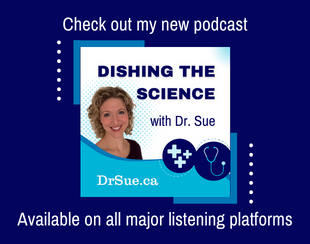The foundation of the macrobiotic diet has nothing to do with antibiotics, or probiotics, as the name might lead you to believe. It’s all about eating whole grains and vegetables as staple foods, and avoiding animal products as well as processed foods.
Macrobiotics has a foundation in Japan, where it is believed that foods in the diet should have a good balance of yin (expansive, light, cold, and diffuse) and yang (compact, dense, heavy, and hot). It is felt that foods such as barley, spelt, rye, quinoa, and oats have a good balance of yin and yang, as do many vegetables, which is why these build the foundation for the diet.
The typical Japanese style macrobiotic diet looks like this:
•
Well chewed whole cereal grains, especially brown rice: 40–60%
•
Vegetables: 25–30%
•
Beans and legumes: 5–10%
•
Miso soup: 5%
•
Sea vegetables: 5%
•
Traditionally or naturally processed foods: 5–10%
•
Fish and seafood, seeds and nuts, seed and nut butters, seasonings, fruits, and beverages may be enjoyed occasionally, 2–3 times per week
The main limitation of the macrobiotic diet is that it is nutritionally deficient. Not only is it lacking in protein, but it is also deficient in a long list of vitamins and minerals.
The macrobiotic diet is often touted as being of benefit for people with cancer. This has not been proven, and in fact, this diet could well be harmful for a cancer patient because of unwanted weight loss due to low calorie intake, plus the nutritional deficiencies noted above. Neither the American Cancer Society nor Cancer Research UK recommend following the macrobiotic diet.
And, as is the theme with most diets out there – it’s not a permanent lifestyle change.
Follow me on twitter! @drsuepedersen












